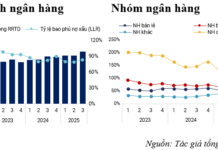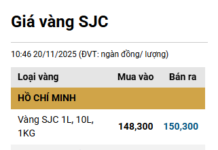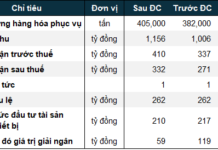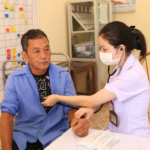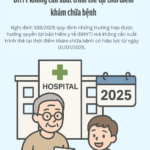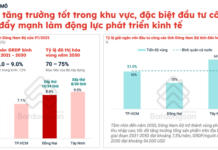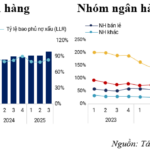According to the Ministry of Health’s regulations, individuals with health insurance must present their insurance card information, identification documents, and other relevant papers as specified by the medical facility when seeking medical treatment.
The presentation of health insurance card information can take one of the following forms: Electronic ID/e-Citizenship (e-CCCD) or level 2 digital identification account (VNeID) with integrated health insurance information; Electronic or paper health insurance card.
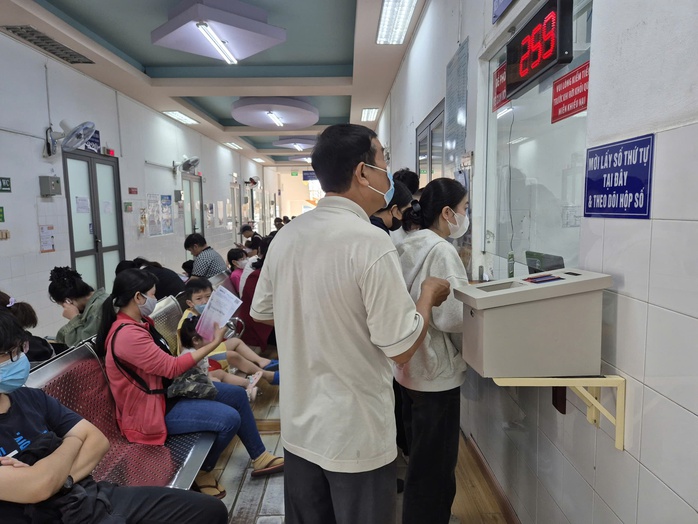
If the electronic health insurance card is faulty, the patient provides the health insurance card number for the medical facility to look up information.
In practice, using an electronic health insurance card (integrated into applications such as VssID – Social Insurance Number, VNeID, or e-CCCD with a chip) may lead to situations where the insured individual cannot present their card due to application errors or network connection issues.
To address this, the Ministry of Health’s Decision 2555/QD-BYT provides guidance. Accordingly, if an insured individual with an electronic health insurance card cannot present their card due to a link with a VNeID (level 2) account or a faulty VssID application, or due to an Internet connection issue, they should provide their health insurance card number so that the medical facility can look up their information on the Vietnam Social Security Data Portal.
If the Vietnam Social Security Data Portal cannot retrieve the information, the medical facility should record the health insurance card number, admit the patient for treatment, and coordinate with the social security agency to look up the patient’s health insurance card information again to determine the scope, benefits, and regime of health insurance entitlement.
In the event that the electronic health insurance card system is still faulty at the time of the patient’s discharge from the hospital, and the social security agency has not verified and clarified the information, the medical facility is responsible for sending the entire medical record, patient contact information, and a screenshot of the inquiry to the social security agency for further verification when the system is restored. The agency will then conduct an audit and settle the medical treatment costs according to regulations. The patient is responsible for providing information about their insurance status, health insurance card details, and ensuring the accuracy of the information provided.
According to Decision 2555/QD-BYT, for individuals with health insurance as specified in points a, b, c, and d of Clause 3, Article 12 of the Law on Health Insurance 2008, who do not have retrievable health insurance card information on the information technology system, a paper health insurance card must be presented.
In the case of using a health insurance card without a photo or health insurance code, one of the following identity documents must be presented: e-CCCD, Certificate of Citizenship, passport, linked with a VNeID (level 2) account or VssID application, or other identification documents issued by competent agencies or organizations, or a confirmation letter from the commune-level police.
Maximizing Your Marketing Potential: Unlocking the Power of Language
From August 15, 2025, onwards, there will be some changes to the information on the health insurance cards. It is important for citizens to be aware of these updates before utilizing their cards for medical services.
Special privileges only for those who have been contributed to health insurance for 5 consecutive years to be implemented by 2024
Continuous health insurance for 5 years is when a person has been enrolled in health insurance for a continuous period of 5 years or more, with a maximum interruption of no more than 3 months. By participating in health insurance for the required 5-year period, individuals will be entitled to various benefits.







